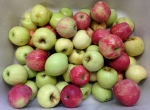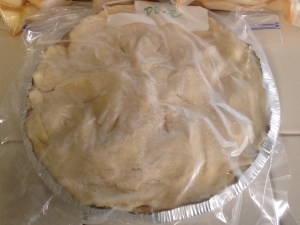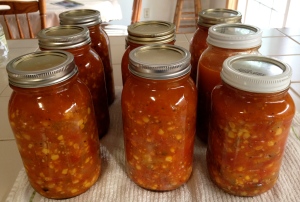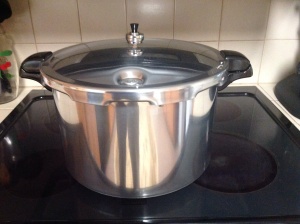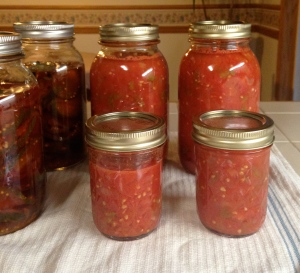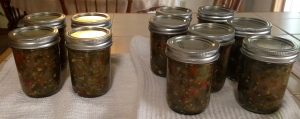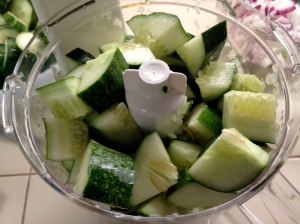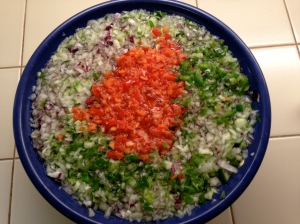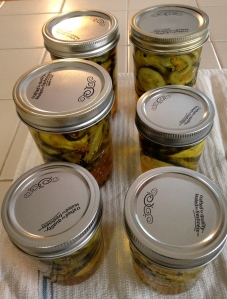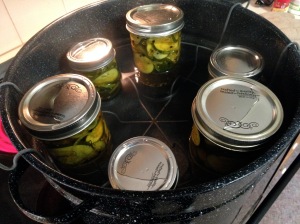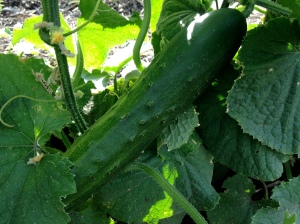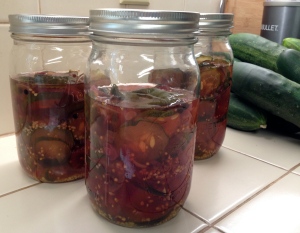With 4 plum trees, 8 apple trees and 5 pear trees, there are so many things one can do with all this fruit, other than feed the visiting deer. As for me – I’ve canned them, made yummy desserts, (my mother-in-law has turned me on to some awesome recipes), dried them, as well as simply eating them on the fly. But even after all that’s said and done, its not enough because there are so much left over. So what’s a gal to do?
Well check out this other way to use all that fruit – pear and apple pie fillings. Yes, you can preserve all that fruit for pies!! You can jar the fillings, freeze the fillings, or even make the pies and freeze them too. Woohoo – I’m on it !!
Here’s an apple pie filling recipe that I got from my Canadian friend Ardis. She makes over 50 pies and freezes them so they’re on hand when she goes visiting over the winter, or when her hubby Gary just … wants … pie … for … desert. Enjoy
ARDIS’S APPLE OR PEAR PIE FILLING
(Makes 1 pie)
7 apples or pears: peeled, cored and sliced (I cubed some of mine), place in bowl with 1 cup water and 1 tbls lemon juice to prevent browning
3/4 cup sugar
2 tbls flour
3/4 tsp cinnamon
1/8 tsp nutmeg
1/4 tsp salt
Mix filling together. Remove apple/pear pieces from lemon water and add to the bowl of filling mix and coat thoroughly.
Freezing Methods
At this point you can either place the filling in a FoodSaver Vacuum Sealer and freeze it as shown in the picture above. When it’s time to make your pie, simple thaw the bag of fruit and add it to your pie crust and bake your pie as usual. Or you can now make your pie crust, add the filling, add your pie topping, and put the entire pie in a zip lock bag and freeze it for later as shown in the picture below. Either way works wonderfully.
Baking A Frozen Pie
Turn your oven temp to 425 and bake the frozen pie for 15 min. Drop the temp to 375 and bake for an additional 45 minutes. Simply scrumptious !!
So what’s on the agenda for tomorrow? Canning pie filling. Until then – enjoy 🙂

